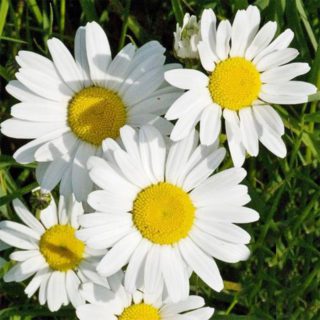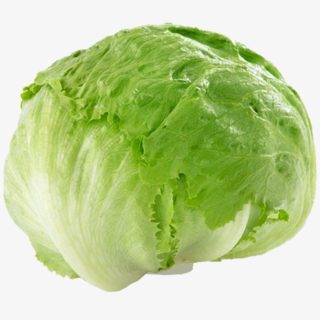How to Sow English Bluebell Seeds
English Bluebells (Hyacinthoides non-scripta) are one of the UK’s most cherished woodland flowers, renowned for their violet-blue, bell-shaped blooms and sweet fragrance. Preferring partial shade, these flowers create a carpet of colour from April to June and are perfect for naturalizing in woodland gardens, under trees, or in shaded borders. Reaching heights of 40–50 cm, they thrive in fertile, moist, well-draining soil and can provide years of beauty when properly established.
When and Where to Sow English Bluebell Seeds
- Outdoor Sowing: Sow seeds outdoors from late summer to early autumn (August to October) to take advantage of natural cold stratification, which enhances germination. Select a partially shaded location, such as beneath deciduous trees or along a woodland edge.
- Indoor Sowing: Start seeds indoors in pots or seed trays in a cool greenhouse or cold frame during the same period. For indoor germination, you may need to cold-stratify seeds manually by refrigerating them for 4–6 weeks.
How to Sow English Bluebell Seeds
- Soil Preparation: For outdoor sowing, prepare moist, well-draining soil enriched with compost or organic matter. For indoor sowing, use a high-quality seed compost in pots or seed trays.
- Sowing Depth: Scatter the seeds thinly over the soil surface. Gently press the seeds into the soil but do not cover them fully, as bluebells require light for germination. Optionally, apply a light dusting of compost or vermiculite to help retain moisture.
- Watering: Water gently using a fine mist or watering can to avoid displacing the seeds. Keep the soil consistently moist but avoid waterlogging.
Caring for English Bluebell Seedlings
- Germination: Germination can be slow and irregular, often taking 6–12 months. Be patient, as this is a natural part of the bluebell’s growth process. Maintain a cool temperature of 15–20°C for indoor germination.
- Watering: Continue to water regularly, keeping the soil moist during dry periods. Avoid overwatering, which can lead to root rot or fungal issues.
- Transplanting: Once seedlings are large enough to handle (usually after 12–18 months), transplant them to their final growing location. Space plants 10–15 cm apart to allow room for natural spread and self-seeding.
- Long-Term Care for English Bluebells: Bluebells require minimal long-term maintenance. Ensure they remain in a shaded location with consistently moist soil. Once established, they will naturalize and form dense clusters of blooms over several years.
Common Questions About Growing English Bluebells
- Do bluebells need cold stratification to germinate? Yes, bluebells benefit from a period of cold stratification to break dormancy. Outdoor sowing during autumn naturally provides this. For indoor sowing, refrigerate seeds for 4–6 weeks before planting.
- How long do bluebells take to flower from seed? Bluebells typically take 2–3 years to flower when grown from seed. However, once established, they will return and multiply year after year.
- Can bluebells be grown in containers? Yes, bluebells can be grown in large, deep containers with well-draining soil. Place the container in a partially shaded location for optimal growth.
- Will bluebells reseed themselves naturally? Yes, once established, bluebells are self-seeding and will naturally propagate, creating a dense carpet of blooms over time.
With patience and proper care, English Bluebells will reward you with stunning floral displays year after year. Their iconic charm, low-maintenance nature, and natural spreading ability make them a beloved addition to any UK garden.



















